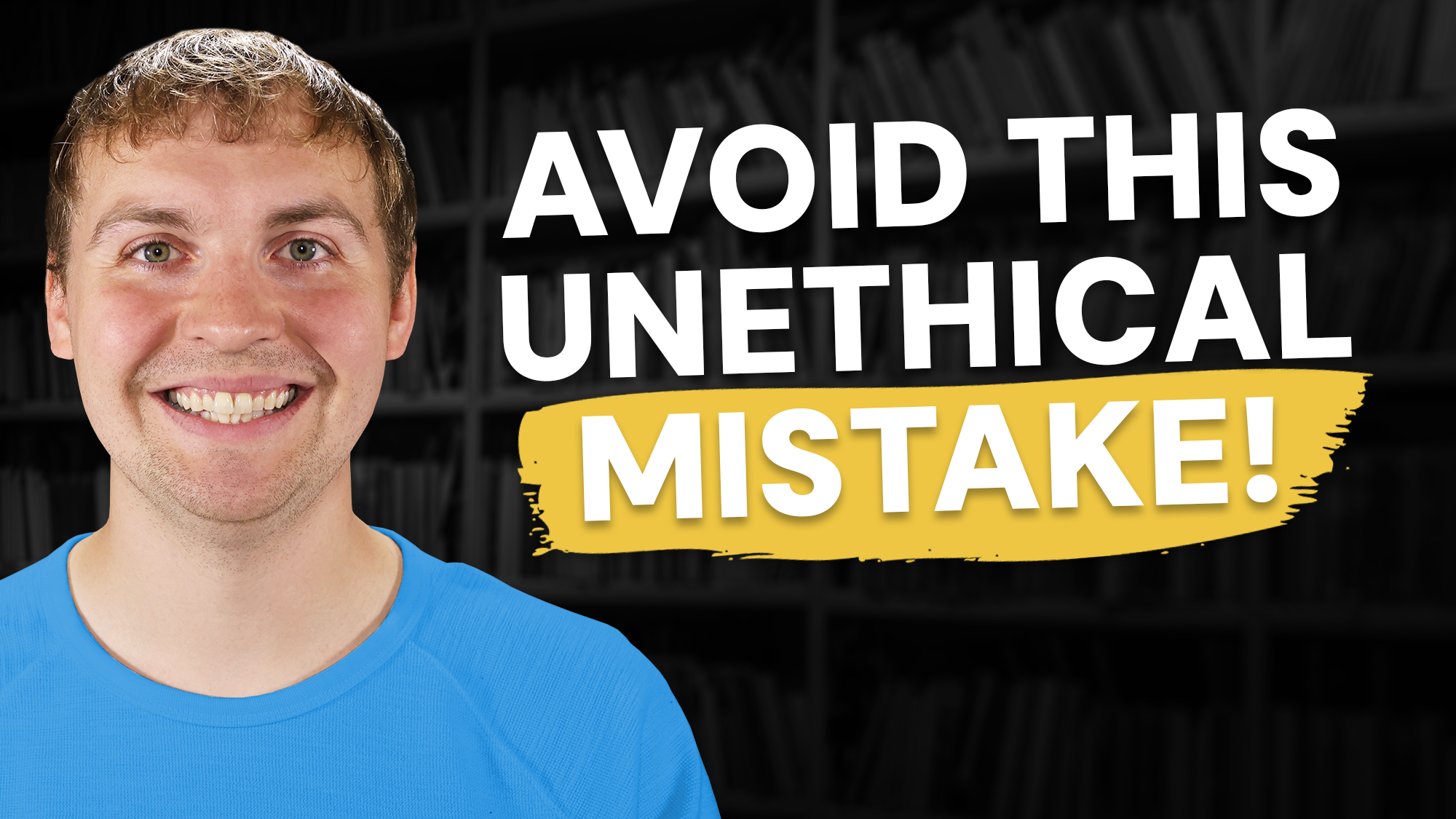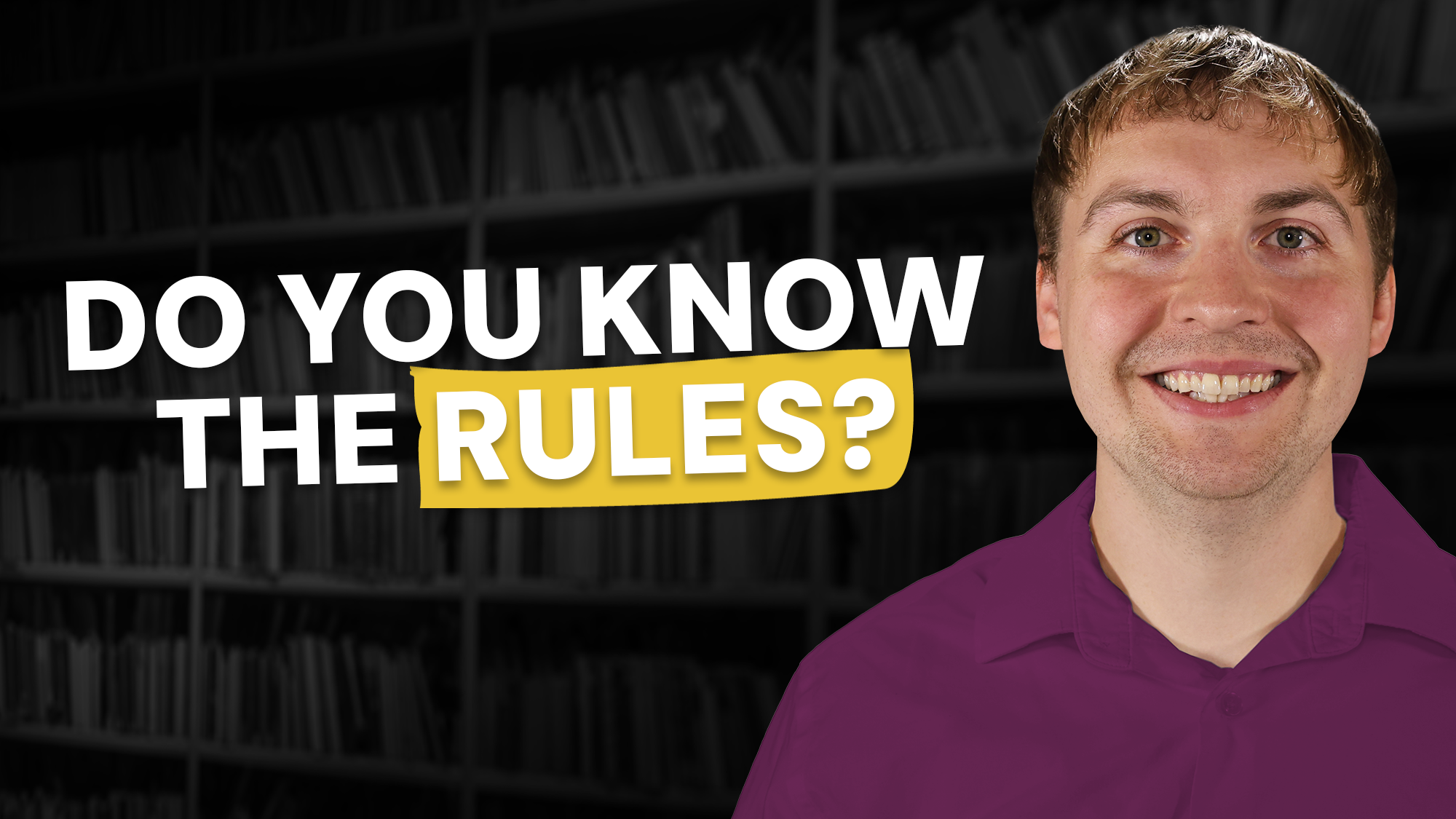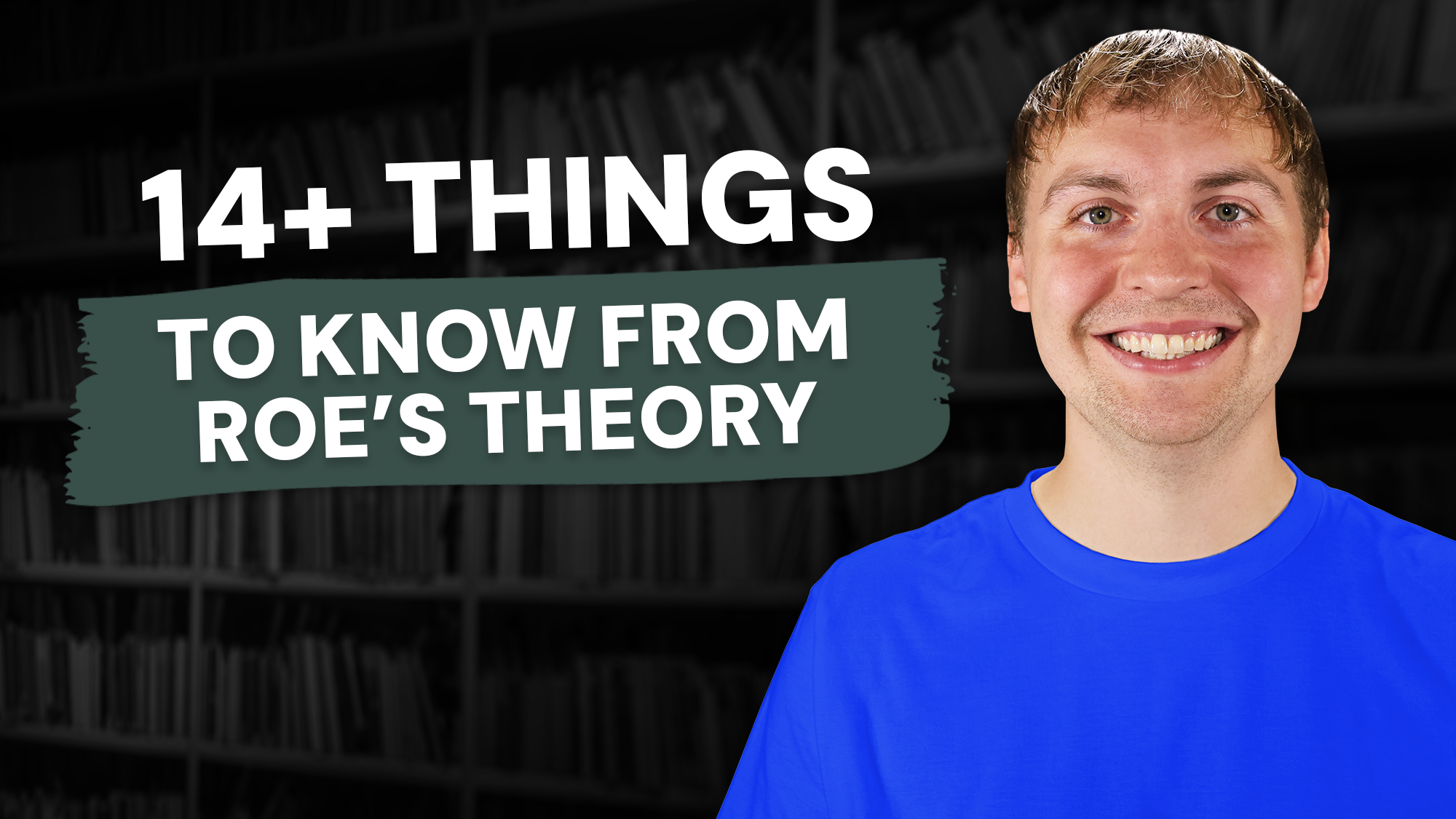
What are the psychodynamic theories? What are the principles of psychodynamics? How is a psychodynamic approach different from a psychoanalytic approach? We’ll cover these questions—and more—in this post!
To begin, let’s define what psychodynamic theories are at the most basic. In general, psychodynamic theories are going to focus on processes that happen unconsciously, so the unconscious mind is an important part of psychodynamic theories. These theories are also going to put more focus on ego defense mechanisms and how a person’s early childhood upbringing creates difficulties in their functioning now.
Additionally, psychodynamic theories place more focus on interpersonal conflicts. They also work to help people find words to describe the feelings they have that are troubling them. In some cases, people may even feel threatened by their own internal feelings, or confused by contradictory feelings that they have. Psychodynamic approaches are often helpful in working with these experiences.
Nowadays, the term psychodynamic is used interchangeably with the term psychoanalytic in many cases. However, there are some differences compared to early psychoanalysis and more modern ideas that we have of psychodynamic theories now.
In Psychoanalysis, Freud had people sitting on a couch facing away from him. With modern psychodynamic approaches, this is not how therapy is performed. Instead, the therapist and the client are facing each other in a more conversational manner. The client may still be on a couch, but they are usually sitting instead of laying down as they used to be with Freud.
Additionally, psychoanalysis would involve three to five sessions in a week, which would continue for years! Psychodynamic approaches do not require this—often only meeting for one session per week. Not only that, but psychodynamic theories have a broader view of what treatment looks like and includes. Whereas psychoanalysis was more narrowly focused.
Currently, the psychodynamic approach can be seen in many forms of therapy. One of the factors that it has contributed is the belief and focus that is placed on the unconscious and how it can influence a person.
Additionally, psychodynamic theories can be helpful in conceptualizing clients. One of the ways that this is the case is that many theories recognize that, with the views of the unconscious, clients may not be aware of the internal experiences they’re having and how that contributes to their problems.
Overall, psychodynamic theories explore themes and patterns that happen in the lives of clients, and then helps the client recognize these patterns within themselves.
In this post, we aren’t covering every form of therapy or every other theory in the psychodynamic world, but let’s quickly review a few that fall into the psychodynamic category.
Relational Analysis – With this form of therapy, they view the relationship between the therapist and client as the most important factor in treatment. In Relational Analysis, the therapist is attuned to any countertransference they experience. This countertransference is then analyzed for how it can impact treatment.
Object Relations Theory – This theory places focus on the clients interpersonal relationships. Specifically, they look to the relationships that the client has with family. The relationship between the mother and the client gets additional focus.
Self Psychology – In Self Psychology, the belief is that there are three things that must occur in childhood for normal development to occur. First is mirroring, which means that the child must have a caregiver that gives them an adequate amount of responses that are confirming. Second, the child needs to have someone that is an idealized other who is calming and soothing. Third, they must feel a sense of belonging.
As I said, there are many other theories and therapies that are considered to be psychodynamic. These include analytic psychology, individual psychology, and more!



If you or someone you know are needing immediate mental health assistance, please call or text 988, contact a local emergency telephone number, or go to the nearest emergency room.
By interacting with this website and channel, this does not constitute a therapist/client relationship. This content is intended for the purposes of entertainment and mental health education.
View additional disclaimers and notices on our Disclaimers page.